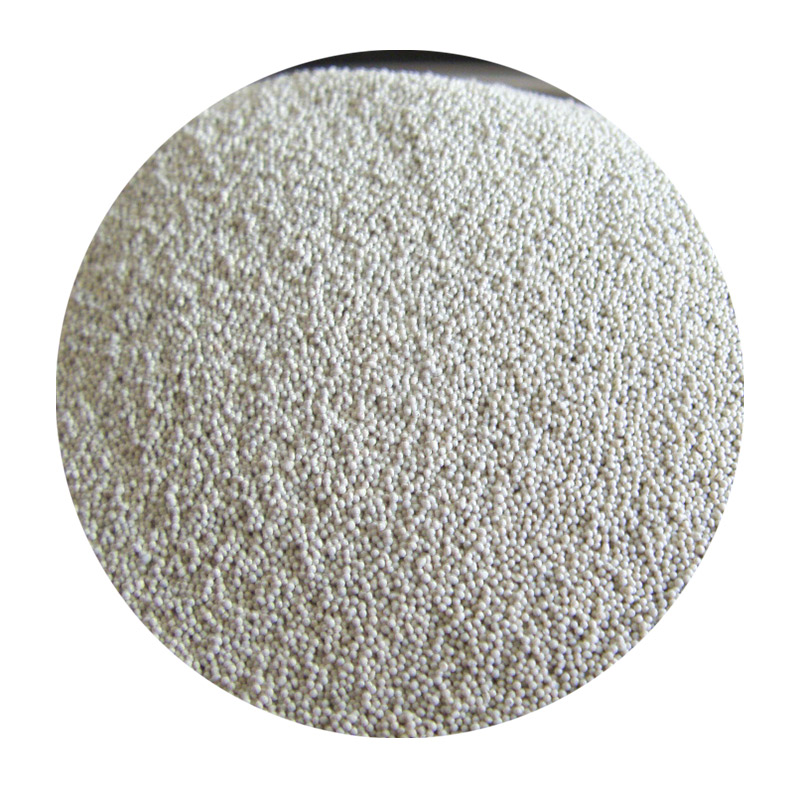

One common pitfall is skipping grits, which can leave stubborn scratches. Transition smoothly from one grit size to the next to ensure each set of scratches is fully removed before moving to finer sandpapers. For best results, consult product-specific guides as different resin types, like epoxy or UV resin, may have unique requirements. For those new to resin sanding, hands-on practice is invaluable. Begin with small test projects to understand how your specific resin behaves under sandpaper. Over time, you'll develop a tactile sense for your project's needs, significantly reducing trial and error. Always prioritize safety while sanding. Resin dust can be hazardous, so wearing a mask and goggles is advised to protect from inhalation and eye irritation. Reassess your workspace to ensure adequate ventilation, particularly when wet sanding, as even fine mists can pose inhalation risks. As experience grows, so will your confidence and efficiency in sanding resin. Mastering this skill not only enhances the professional quality of your creations but also enriches your craftsmanship repertoire. By implementing these expert tips and tricks, achieving a flawless resin finish is well within reach, paving the way for impeccable results every time. For those seeking a deeper dive into the technicalities of sanding and finishing resin, industry forums and maker communities are a treasure trove of shared expertise and innovative solutions. Engaging with these resources can provide unconventional tips and reaffirm tried-and-true techniques, keeping your workbench as informed as it is creative. Post time:lut . 12, 2025 01:37
Next:what is resin coated sand
